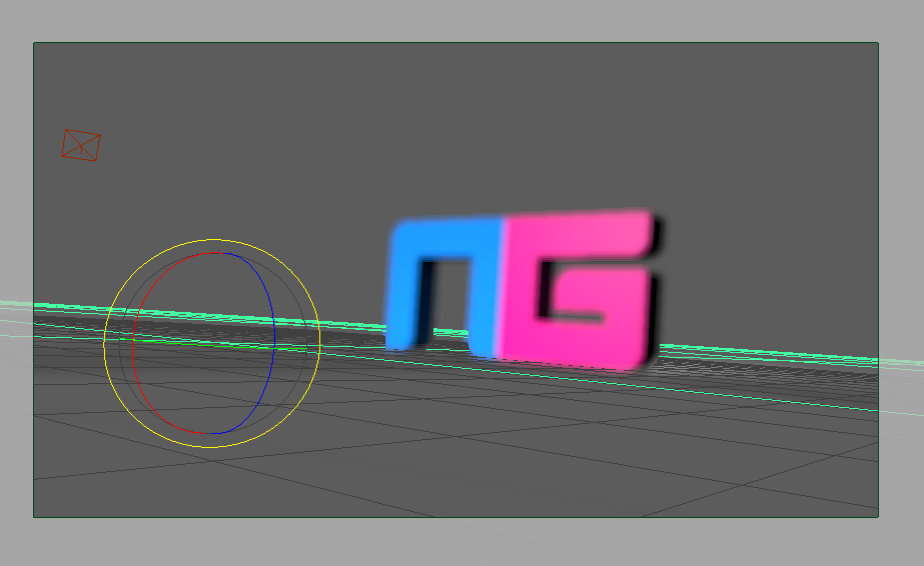Coming closer to my portfolio presentation, I have time to improve on my 3D skills in animation. The lesson today consisted of learning about the hierarchy and its connection with the terms ‘Parent & Child’.
Parent & Child
This is a term where the main object is classified as the parent whereas the connected object is known as its child. Here is a visual representation of what I’m trying to explain;

After engraving this information in our heads, we set out creating a simple character and animating through the hierarchy and practicing the parent and child method.
This was the basic undeveloped animation heirarchy graph for the character I made which shows that each panel is an asset which has been created in maya or already built into the scene during launch of the Maya application.
Each panel is a parent but only if I give something for it to parent with, this is where the term ‘child’ comes into more focus. It’s exactly the same as in real life, for example; A person is not a parent until child is there to be parented.
Recently I have been working on model in my spare time that I can now for practice my animation, hierarchy and parenting skills… not that in real life of course.
As I started this project at home my first thought was what can I create which has a simple skeleton and has a very simple movements such as a walk and idle stance or cycle. Finally I also thought which can be the easiest to make which is not like which is not like me because I like to have a challenge with modelling and animation. And then I clicked, ‘What was the dinosaur called with the long neck which is really slow?’ – Alamosaurus

Why not, giving the fact that it’s tool it has a long neck and other distinctive features. It seems easy enough to model, with a good JPEG image plane to work with and the right tools to use. And within a few hours I had a full model of an alamosaurus ready for Rigging and waiting to be brought to life.
Rigging- the method used by animators to set up a simple skeleton frame within a model to animate with.
Afterwards I started setting up the hierarchy for the skeletal structure and it wasn’t easy for the first time trying to get the grasps with what goes where in the hierarchy in terms of ‘what should be the parent and what should be the child?’.
I finally figured it out when I thought about logically what should be connected to what, I started by saying Head, Shoulders, body, hips, legs, feet. Basically working from top down but with the head being the main parent. Just like in the image of this blog you see the shoulder connected to the elbow connected to the wrist connected to the hand. Quite logical when you think about it… here it is laid out more simply for you.
Shoulder > elbow > wrists > hands.
Up to this point I am currently trying to get my head around ‘painting weights’ for the animation so therefore my model does not bend unnaturally to the key pose I give it. I have inserted a clip showing you what painting weights in Maya is below this paragraph. I hope this teaches you as good as it has taught me.
